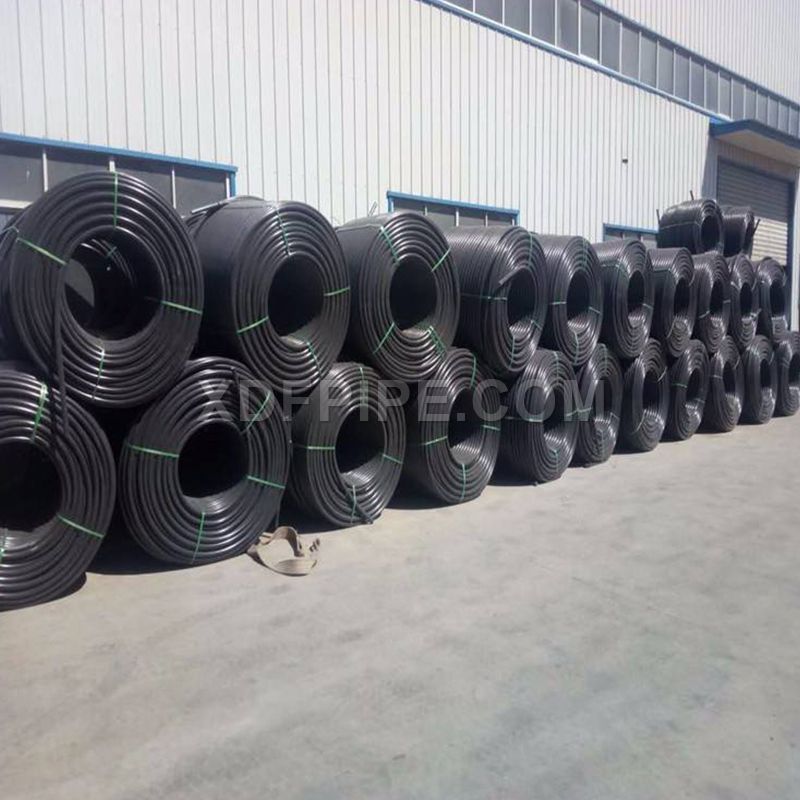Harnessing the Potential of Electrical Plastic Pipes for a Brighter Future
In the ever-evolving landscape of construction and infrastructure, one vital component that often takes the backstage but plays a crucial role is the Electrical Plastic Pipe. These remarkable conduits, often overshadowed by more visibly prominent materials, form the backbone of electrical systems, ensuring the seamless flow of power and safeguarding the structural integrity of countless buildings and facilities. In this comprehensive guide, we delve into the world of electrical plastic pipes, unveiling their significance, types, advantages, and applications.
What are Electrical Plastic Pipes?
Electrical Plastic Pipes also known as PVC electrical conduits, are hollow, cylindrical channels used to encase electrical wiring, protecting it from external elements and providing structural support. These conduits come in various sizes, typically ranging from half an inch to six inches in diameter. Their flexibility, durability, and insulating properties make them a preferred choice in electrical installations.
Types of Electrical Plastic Pipes
1. Rigid PVC Electrical Conduits
Rigid PVC Electrical Conduits are known for their structural integrity and stability. These pipes are suitable for above-ground installations and are widely used in residential and commercial buildings. Their rigid nature ensures that they can withstand physical stress and protect electrical wiring effectively.
2. Flexible PVC Electrical Conduits
Flexible PVC Electrical Conduits, also referred to as "liquid-tight" conduits, are versatile and easy to work with. They are ideal for applications where the conduit needs to navigate tight corners and contours. These conduits are commonly used in outdoor and underground installations.
Advantages of Electrical Plastic Pipes
1. Corrosion Resistance
One of the standout features of electrical plastic pipes is their inherent resistance to corrosion. Unlike metal conduits, which are prone to rust and decay, PVC conduits remain unaffected by moisture and other environmental factors, ensuring the longevity of the electrical system.
2. Insulation Properties
Electrical plastic pipes are excellent insulators. They prevent electrical leaks, reduce the risk of short circuits, and enhance the overall safety of the electrical installation. This insulation property is invaluable in both residential and industrial settings.
3. Cost-Effective
Compared to alternative materials like metal conduits, PVC electrical pipes are more cost-effective. The initial investment is lower, and their easy installation process further reduces labor costs. Moreover, their long lifespan results in minimal maintenance expenses.
Applications of Electrical Plastic Pipes
1. Residential Wiring
In homes, PVC electrical conduits are commonly used to route electrical wiring from the main distribution panel to various outlets, switches, and fixtures. Their ease of installation and flexibility make them an ideal choice for residential applications.
2. Commercial and Industrial Projects
For commercial and industrial projects, electrical plastic pipes are indispensable. They serve as a backbone for complex electrical systems in factories, warehouses, and commercial buildings. Their durability and versatility make them a trusted solution for demanding environments.
3. Underground Installations
In situations where electrical wiring needs to be routed underground, flexible PVC conduits excel. They are resistant to moisture, chemicals, and other underground hazards, ensuring the safety and reliability of the electrical infrastructure.
Conclusion
In the intricate web of electrical installations, the role of electrical plastic pipes is undeniable. They provide the necessary support, protection, and longevity to electrical systems, ensuring that power reaches its intended destination safely. Whether in homes, commercial spaces, or vast industrial complexes, these pipes play a pivotal role in the modern world of construction and infrastructure.
197
0
0



Comments
All Comments (0)